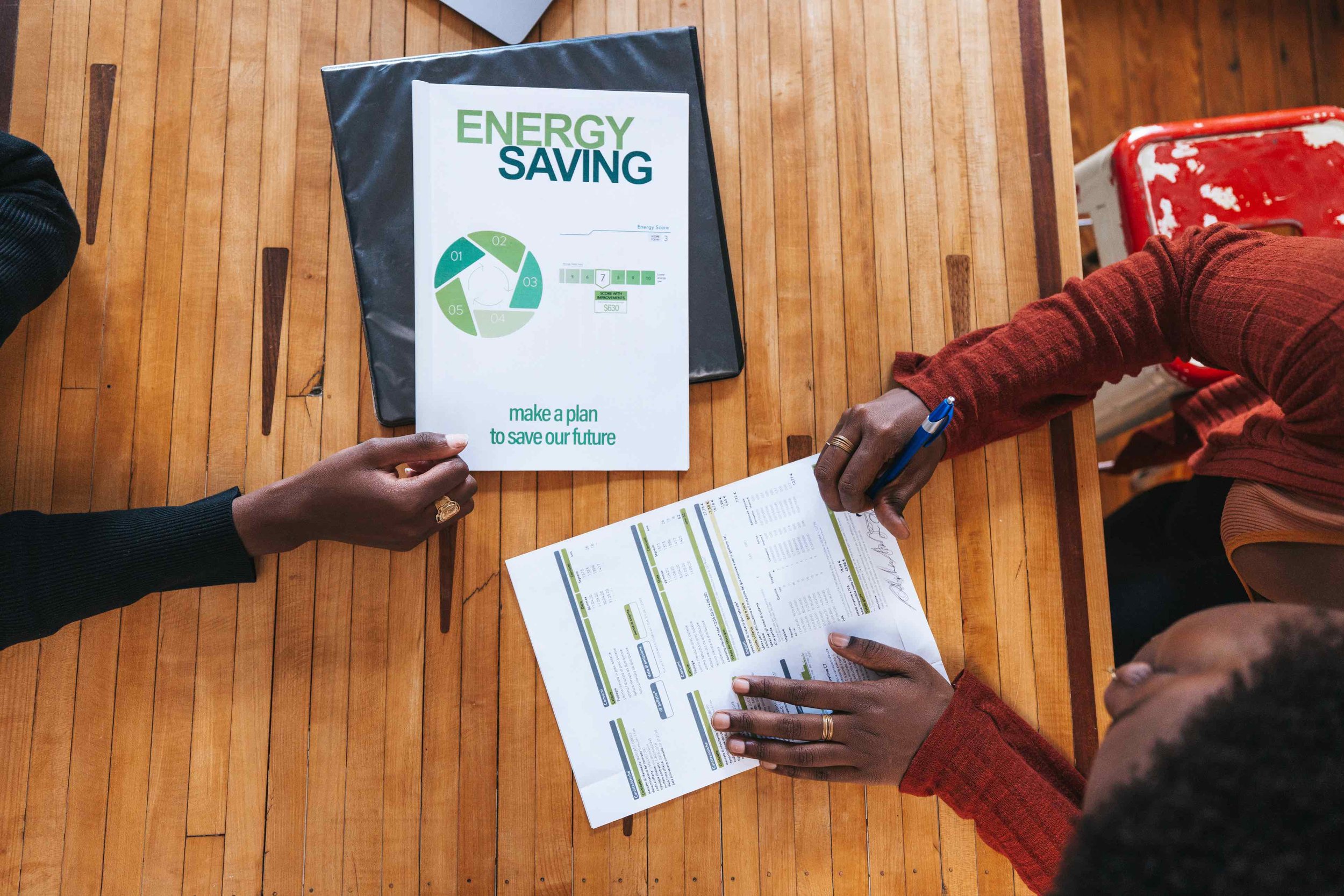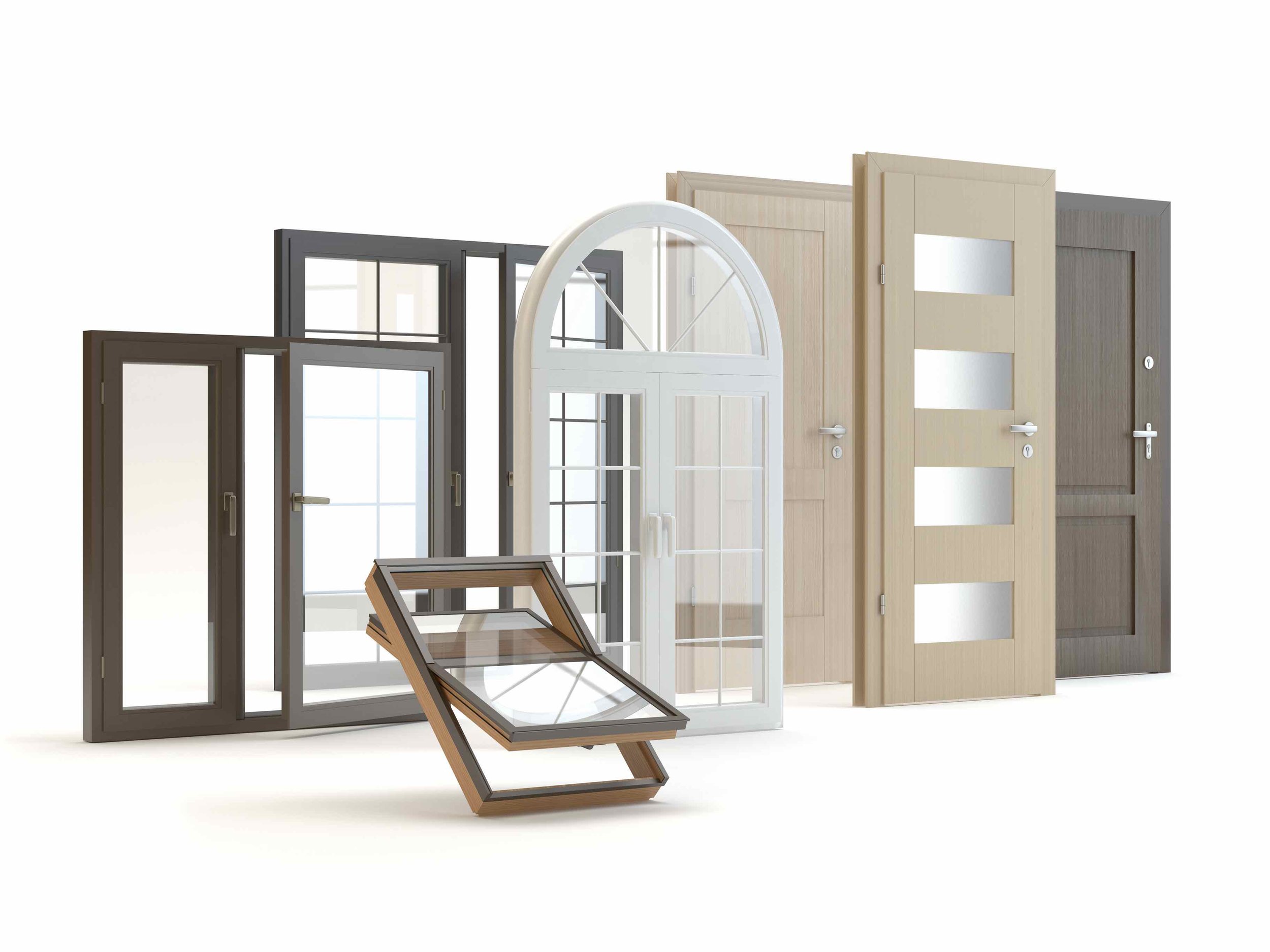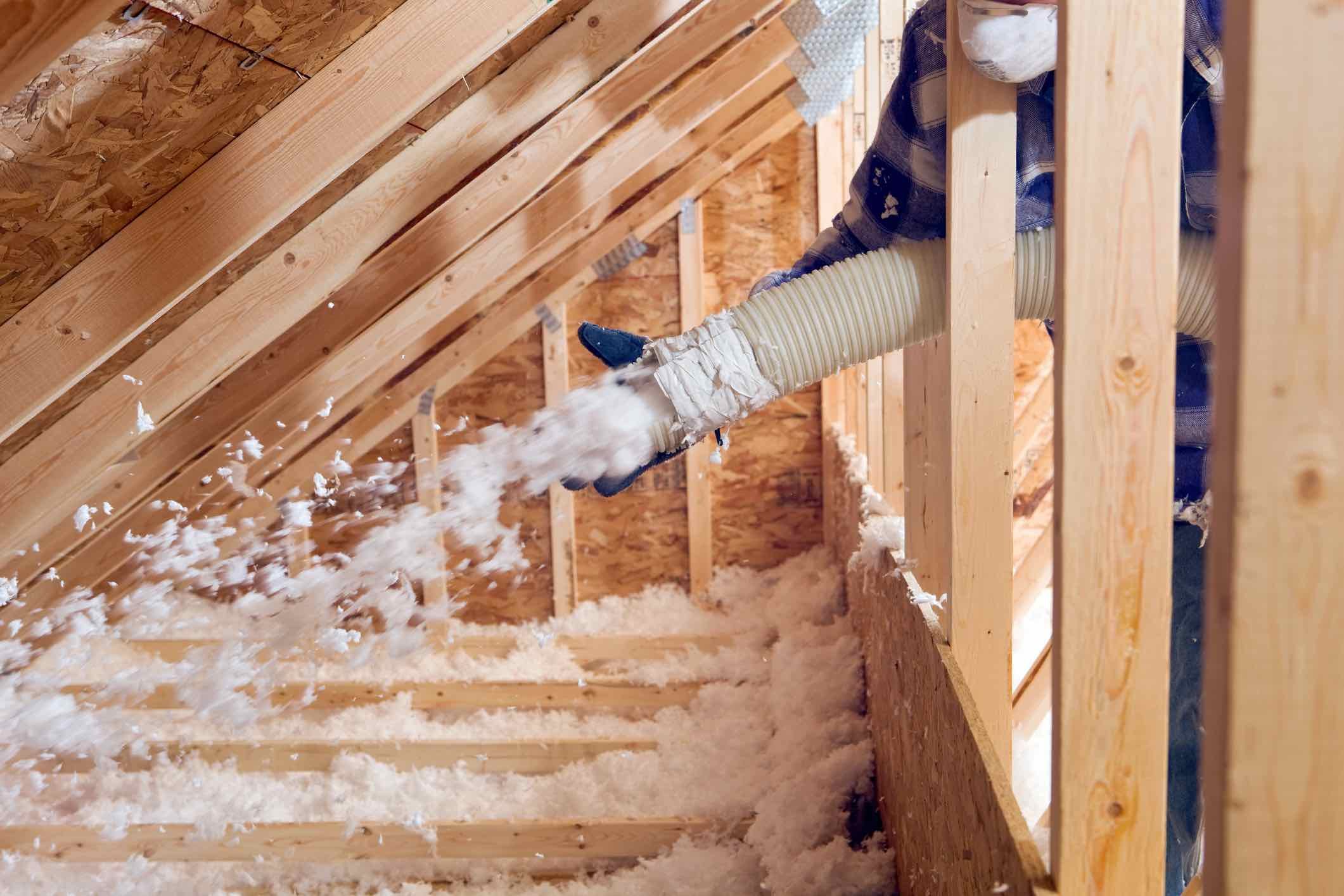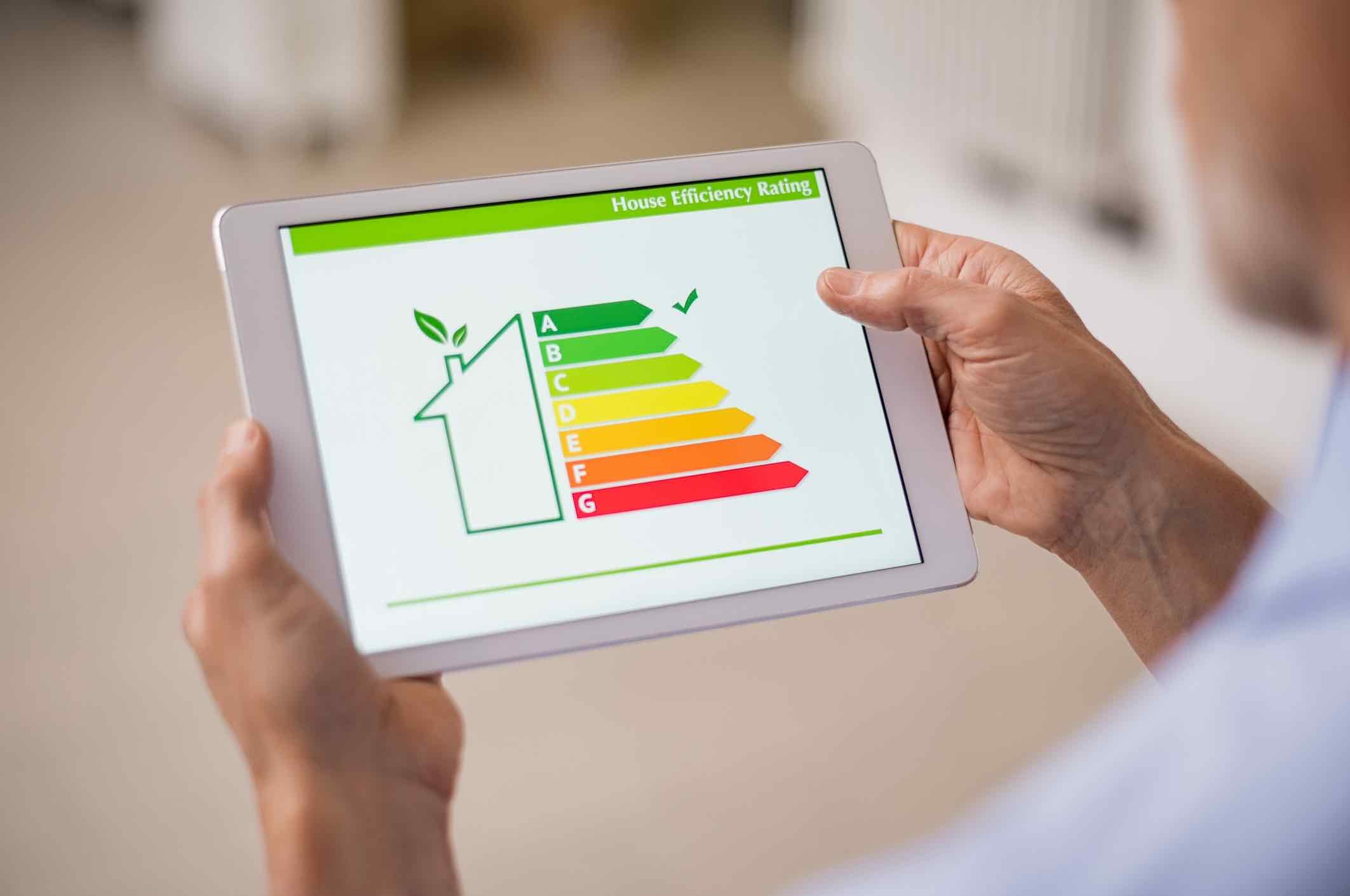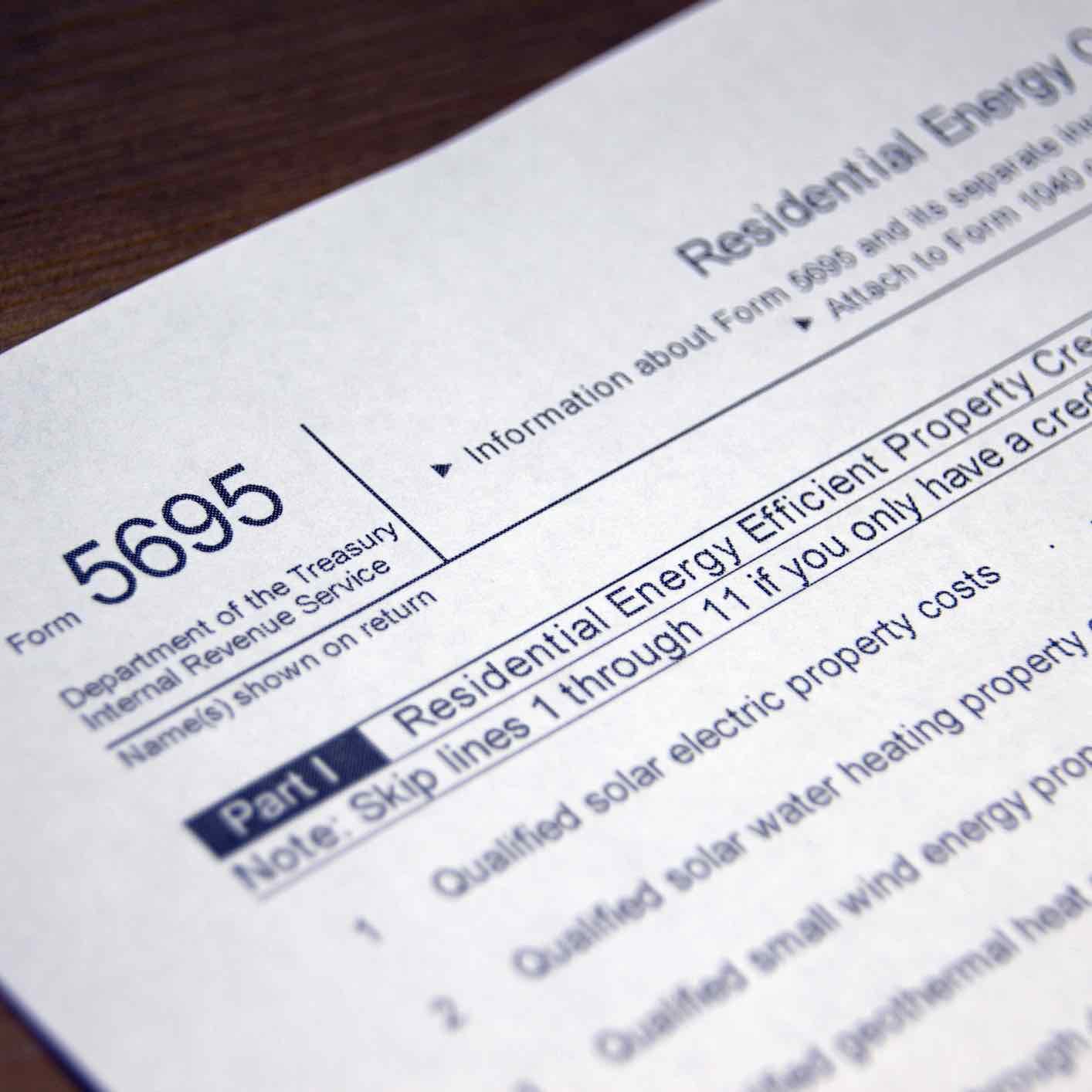Energy Efficient Home Improvement Tax Credit
Are you planning to make some energy-efficient upgrades to your home? Not only will these improvements help reduce your carbon footprint, but they can also save you money in the long run. And now, with the energy efficient home improvement tax credit, you have even more incentive to go green. In this comprehensive guide, we will explore everything you need to know about the tax credit, including the types of home improvements that qualify, how to claim the credit, and frequently asked questions.
Save Money on Qualified Home Improvements
Understanding the Energy Efficient Home Improvement Tax Credit
The energy efficient home improvement tax credit is a government incentive designed to encourage homeowners to make energy-efficient upgrades to their homes. The credit was recently extended and enhanced through the Inflation Reduction Act, which means that you can now save even more money on qualifying home improvements.
Qualifying Home Improvements
To take advantage of the energy efficient home improvement tax credit, it's important to understand which types of home improvements qualify. The credit applies to a wide range of energy-efficient upgrades, including:
1. Windows and Doors
Replacing old, inefficient windows and doors with energy-efficient ones can significantly reduce your home's energy consumption. Look for products that meet Energy Star requirements to qualify for the tax credit.
2. Insulation and Air Sealing
Proper insulation and air sealing can help prevent heat loss and reduce the need for heating and cooling. Make sure the insulation and air sealing materials or systems meet the International Energy Conservation Code (IECC) standards.
3. Heating, Cooling, and Water Heating
Upgrading your HVAC system, water heater, or furnace to more energy-efficient models can make a big difference in your energy consumption. Look for products that meet the efficiency guidelines set by the Consortium for Energy Efficiency (CEE).
4. Home Energy Audits
Getting a professional home energy audit can help you identify areas where your home is losing energy. The cost of a home energy audit is also eligible for the tax credit.
Claiming the Energy Efficient Home Improvement Tax Credit
To claim the energy efficient home improvement tax credit, you will need to fill out IRS Form 5695 and include it with your tax return. The form will ask for details about the qualifying improvements you made and the expenses associated with them. Make sure to keep all relevant receipts and documentation as proof of your expenses.
It's important to note that the tax credit applies to improvements made after January 1, 2023. The credit is equal to 30% of the sum of amounts paid for qualifying home improvements, up to a maximum credit amount of $1,200 per year. However, there are specific limits for certain types of improvements, such as doors, windows, and home energy audits.
Frequently Asked Questions about the Energy Efficient Home Improvement Tax Credit
-
Homeowners who make energy-efficient improvements to their primary residence are eligible for the tax credit.
-
Qualifying home improvements include windows and doors, insulation and air sealing, heating, cooling, and water heating upgrades, and home energy audits.
-
The tax credit is equal to 30% of the sum of amounts paid for qualifying home improvements, with a maximum credit amount of $1,200 per year.
-
Unlike the previous version of the credit, there is no longer a lifetime limit. You can claim the maximum credit amount every year that you make eligible improvements until 2033.
-
The tax credit is only available for homeowners who live in their primary residence. Landlords and property owners who do not live in the home are not eligible.
-
There are no income limits for the energy efficient home improvement tax credit. As long as you meet the eligibility requirements, you can claim the credit.
-
The tax credit applies to improvements made after January 1, 2023. If you made qualifying improvements before that date, you may be eligible for previous versions of the tax credit.
-
It's worth checking for state or local programs and incentives that may further lower the cost of your energy-efficient improvements. Some programs may complement the tax credit and provide additional savings.
-
The energy efficient home improvement tax credit is nonrefundable, which means you can't receive more in credit than you owe in taxes. However, any excess credit can be carried forward to future tax years.
Take Advantage of the Energy Efficient Home Improvement Tax Credit
By making energy-efficient home improvements, you can not only reduce your energy consumption but also save money on your taxes. The energy efficient home improvement tax credit provides a valuable incentive to go green and make your home more energy-efficient. From upgrading your windows and doors to improving insulation and HVAC systems, there are many ways to qualify for the tax credit. Don't miss out on the opportunity to save money while making a positive impact on the environment. Start planning your energy-efficient home improvements today!

